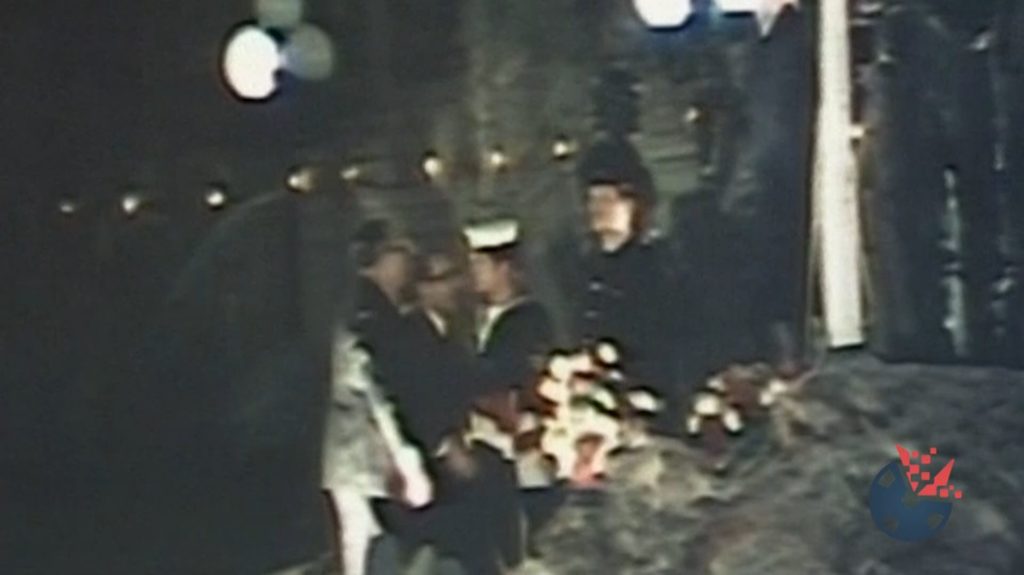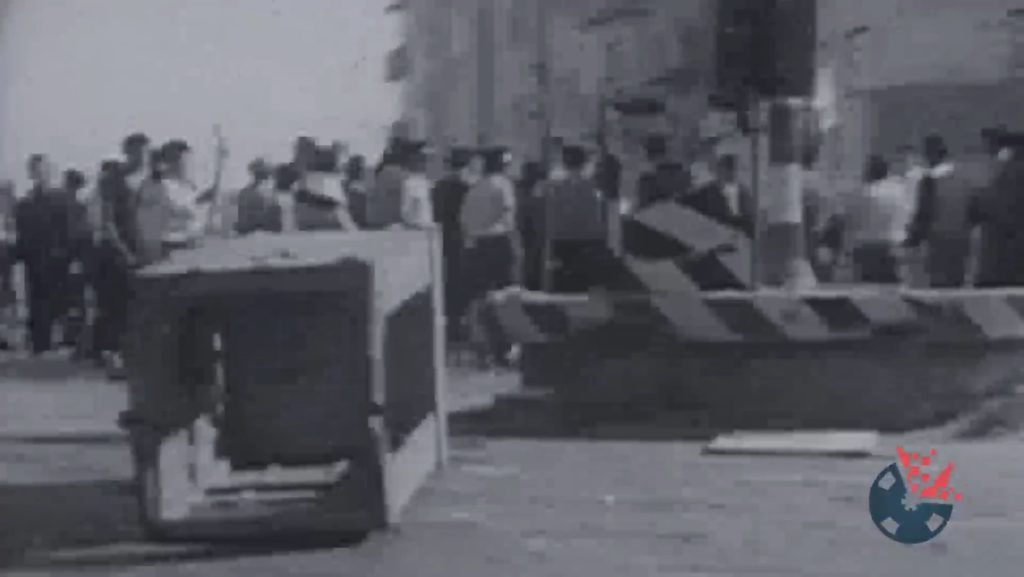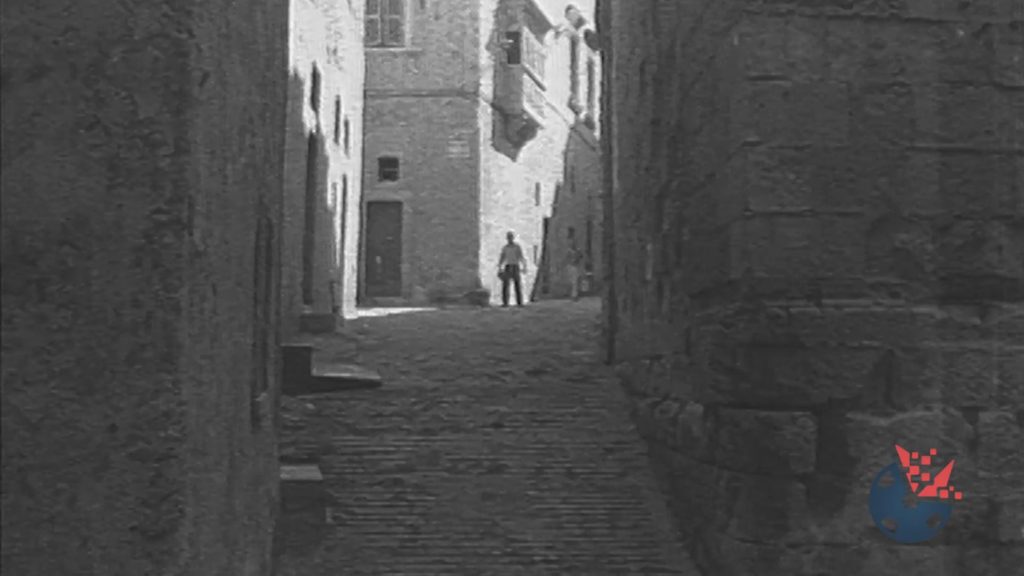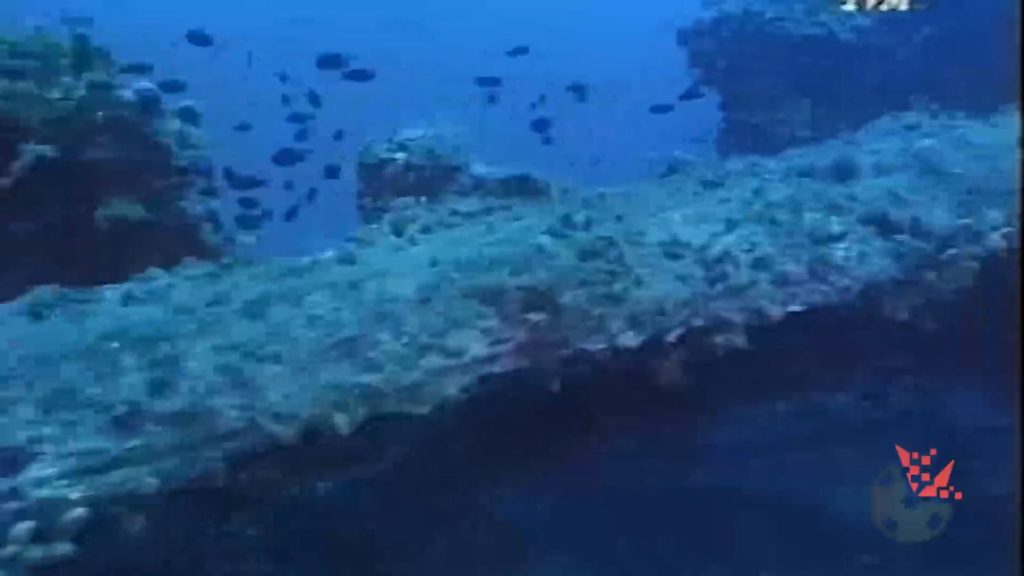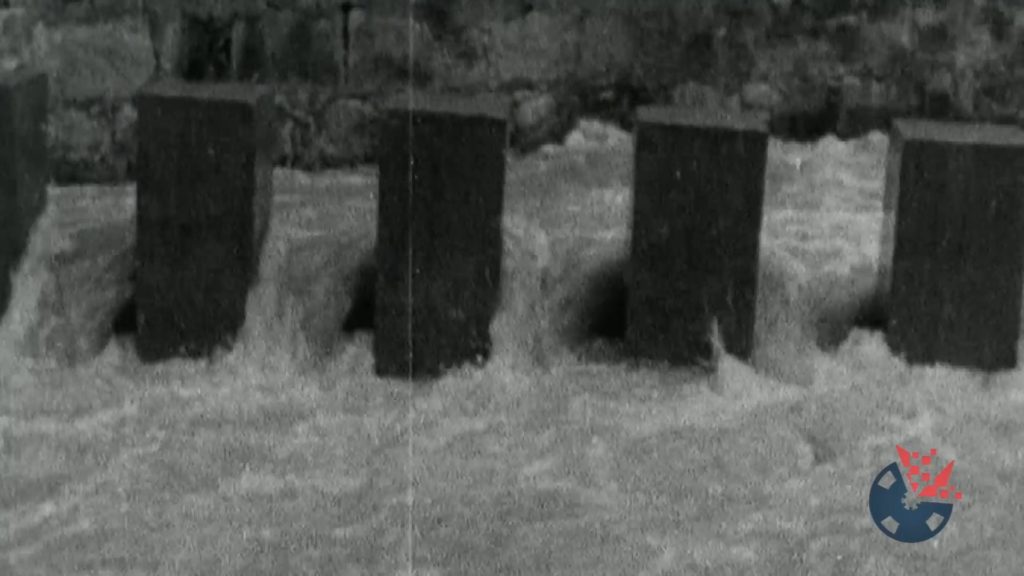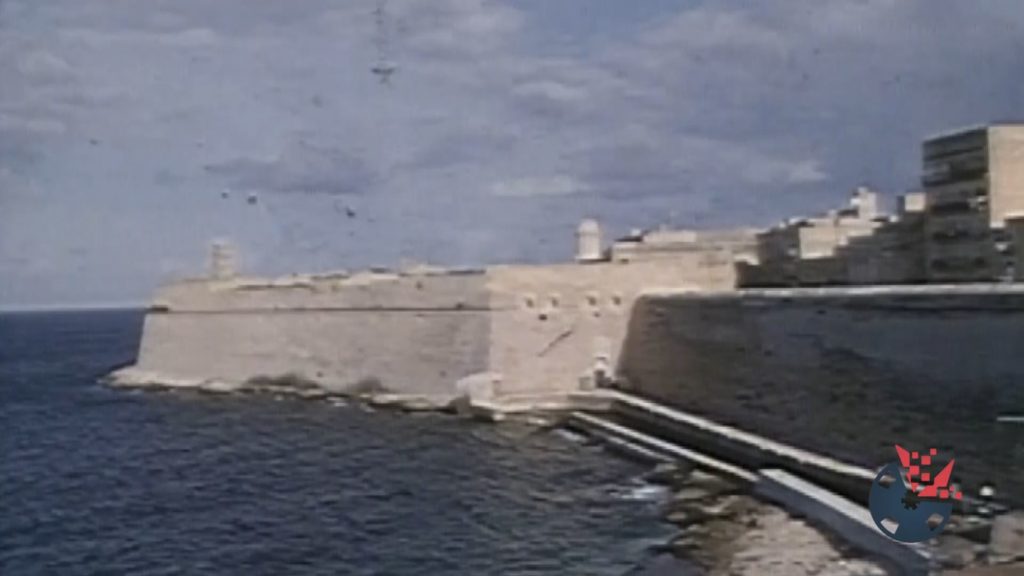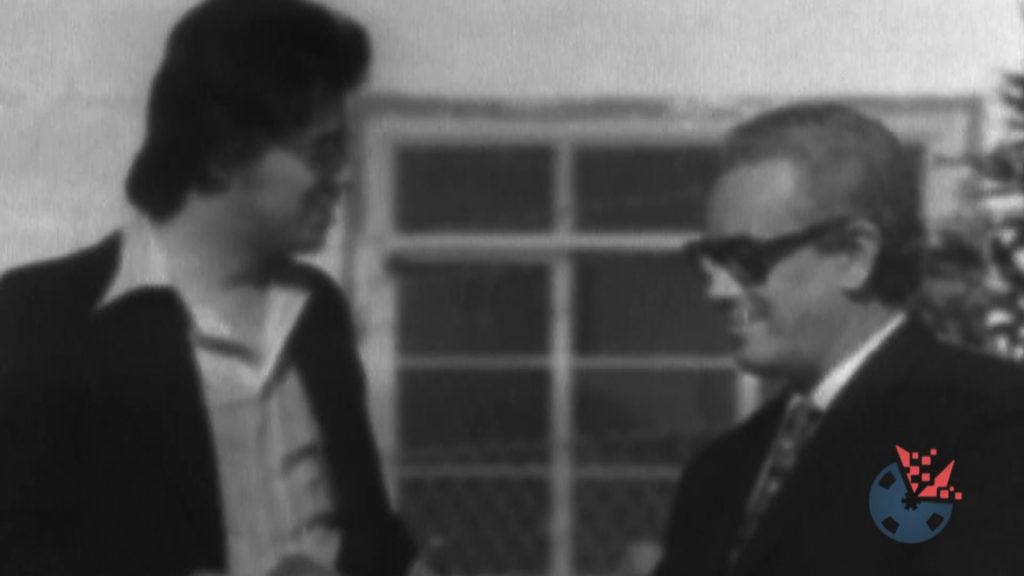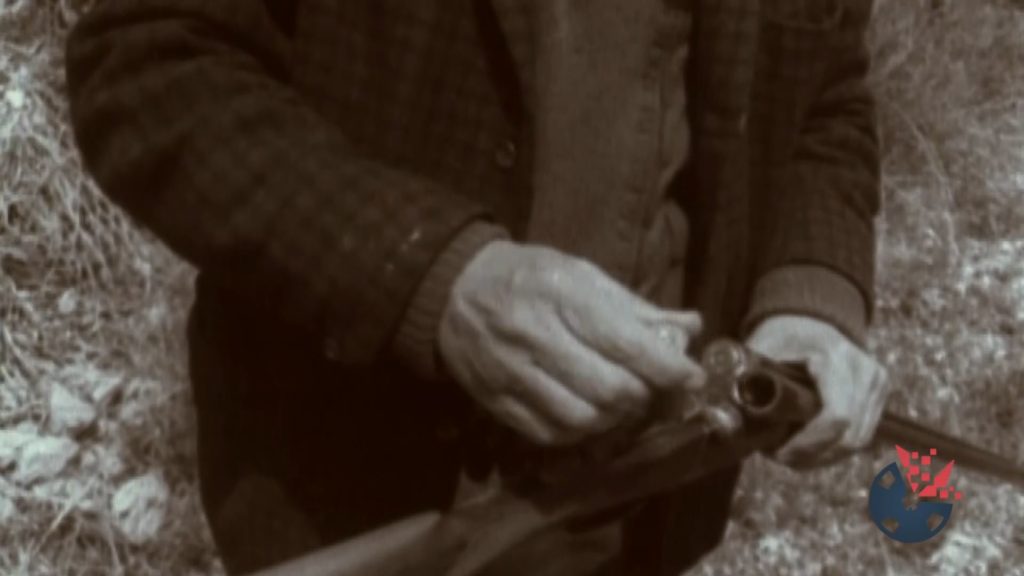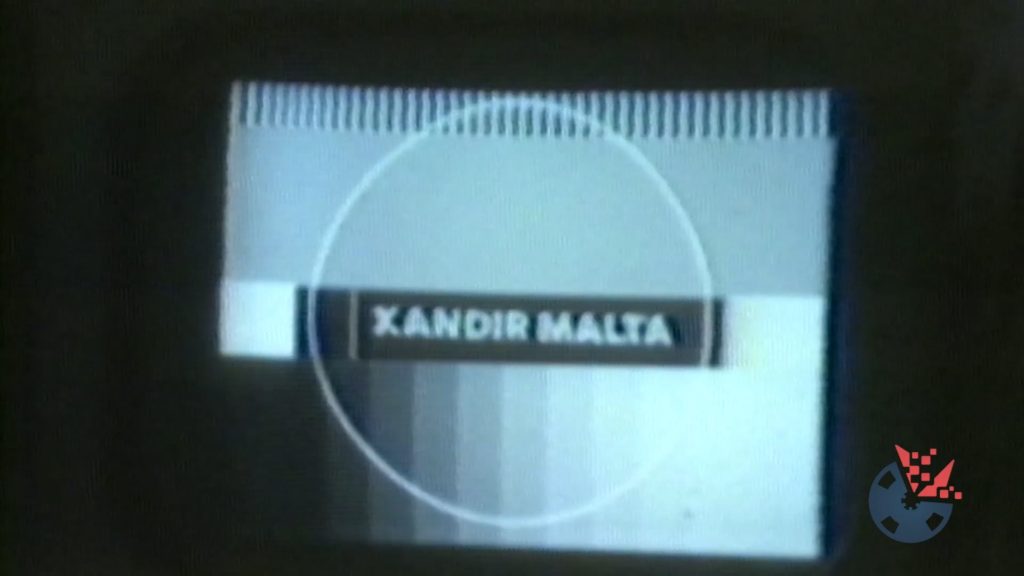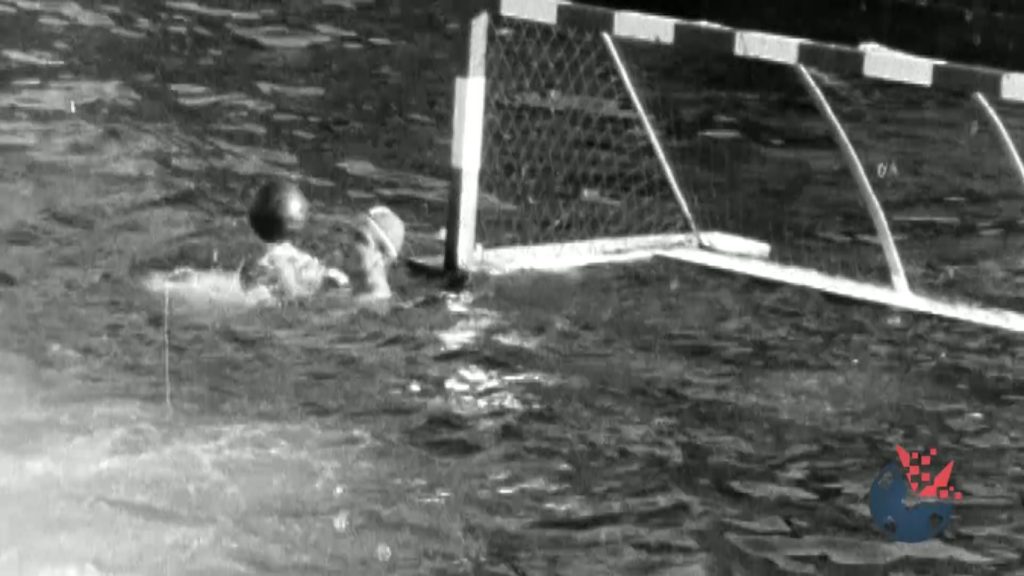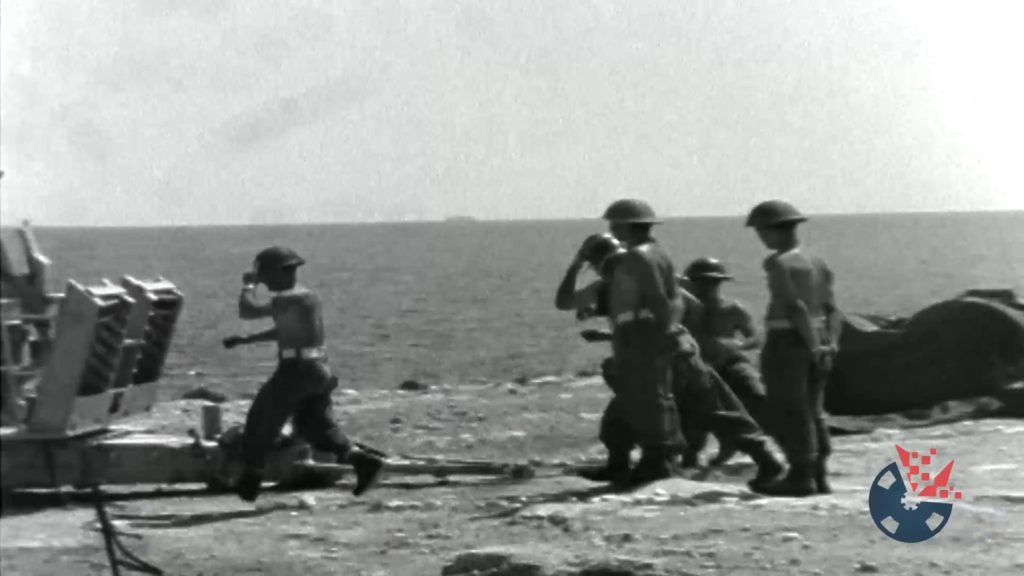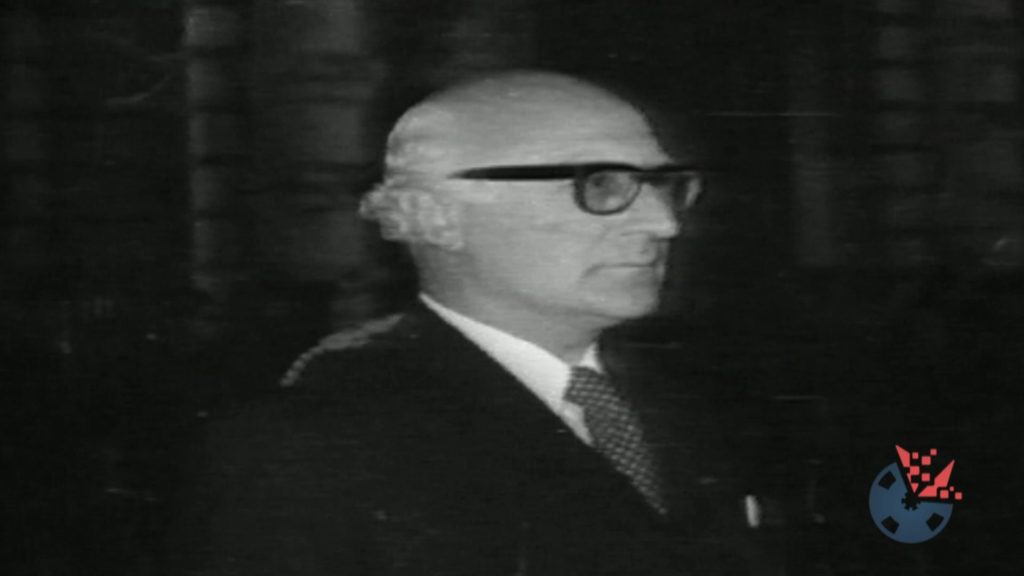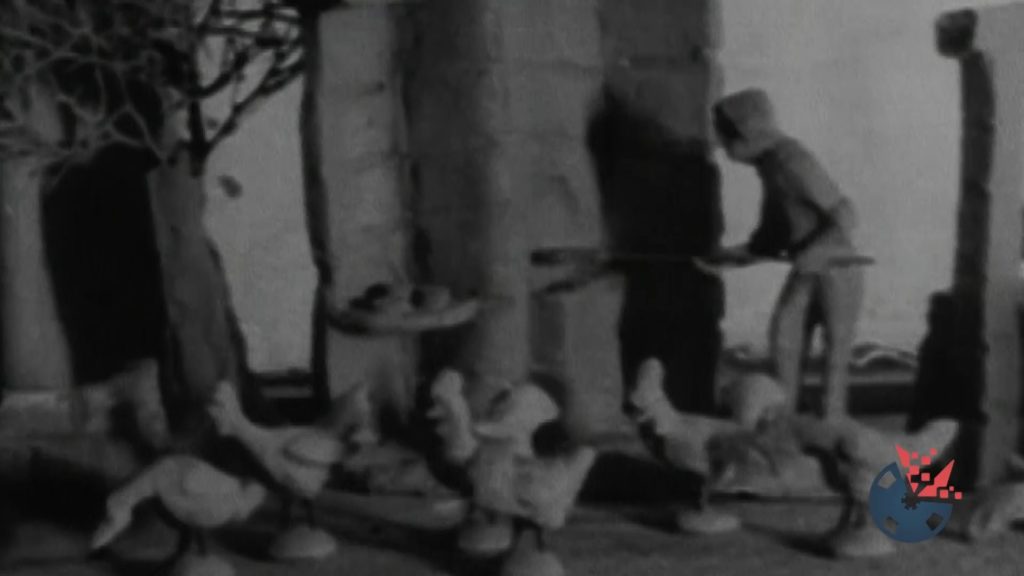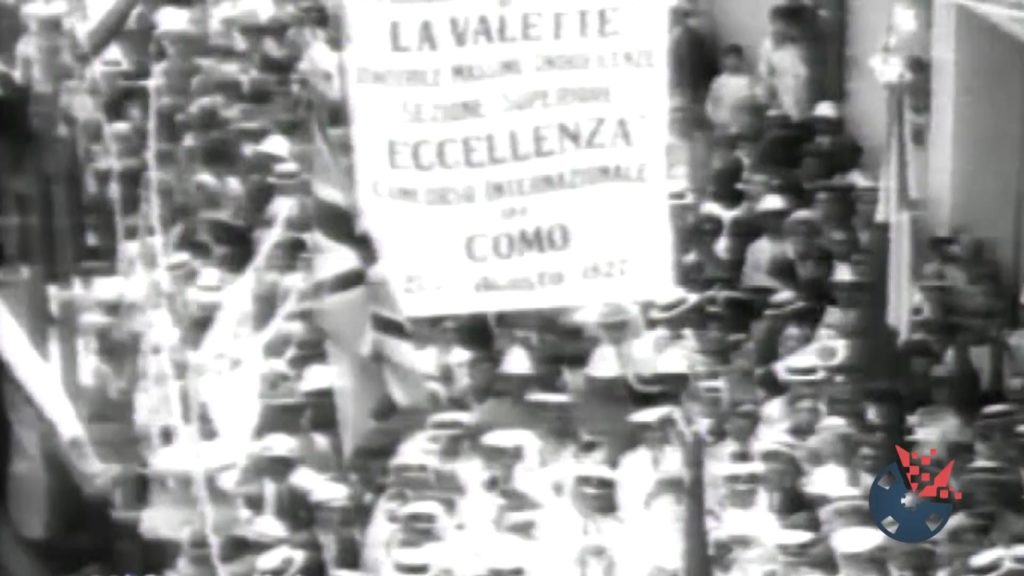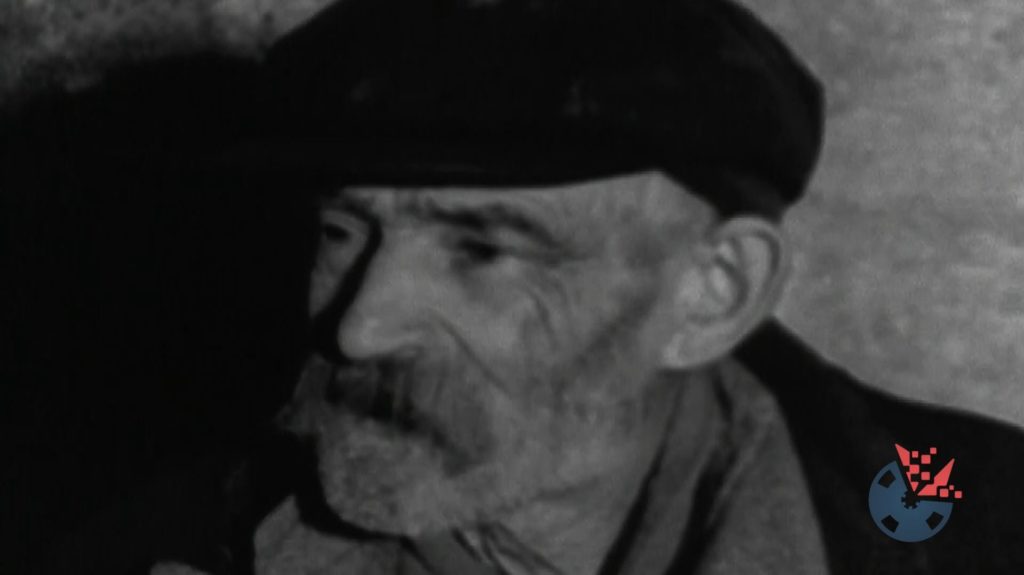Description
The political arguments over the future of Malta degenerated into violence on Saturday 28 April 1958.
The General Workers Union had ordered a general strike after the government led by Dom Mintoff quit in protest following the breakdown in talks on Malta’s proposed integration into the UK.
Since 1955, the Prime Minister had called for Malta’s merger with Britain which would see Maltese MPs sit at Westminster and give people from Malta the same status and rights as the Scottish, English, Welsh and Northern Irish.
Terrified of the precedent that Malta would set for other colonies in the British Empire, London eventually refused to go ahead with the idea, and Mintoff resigned.
The day of protest in Malta following the news led to ugly scenes on the streets of Valletta, Sliema, Paola, Vittoriosa and elsewhere. A state of emergency was declared and soldiers were put on standby to support the police led by Commissioner Vivian de Gray.
Police were pelted with stones and potatoes by angry protestors, an army jeep and a naval tug were set on fire and the cables of the Rediffusion radio service were cut. Early in the morning, a Land Rover of the Malta Royal Artillery was stopped by protestors, and the captain and the driver were dragged from the vehicle. Petrol was thrown on the car before it was set ablaze and pushed into the sea.
Hours later, a gang climbed aboard a small Royal Navy tug in the Grand Harbour and set it on fire. Police who rushed to the scene were pelted with stones but eventually managed to quell the riot.
After the day of violence, British Prime Minister Harold MacMillan suspended the Maltese constitution and decided to impose direct colonial rule. Malta’s Governor Sir Robert Laycock banned all demonstrations and meetings for three months, and ruled using emergency powers until the end of his term of office in 1959.
The riot in 1958 created fertile ground for Maltese demands to be an independent state.

